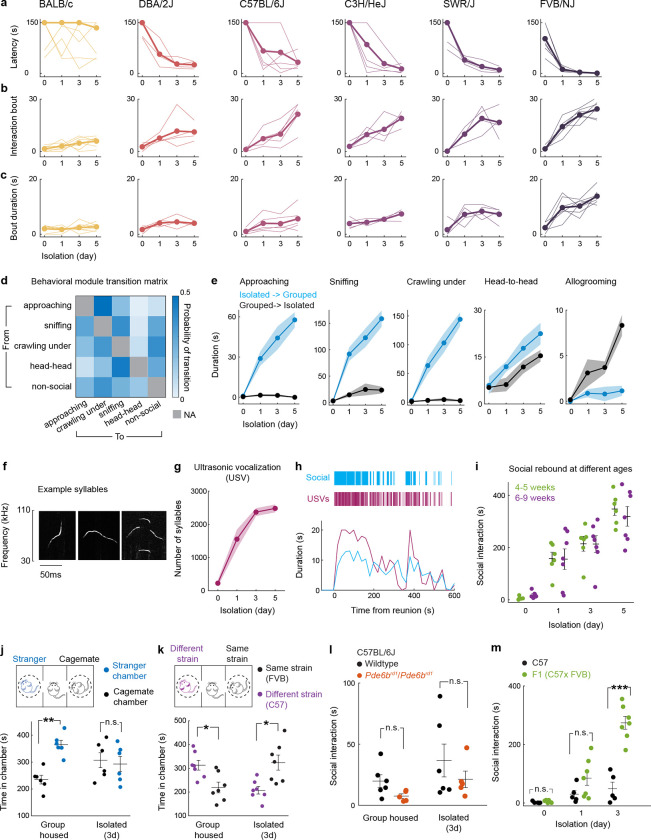Extended Data Figure 1. Behavioral characterization of social rebound.
a-c, Social interaction latency, bout number and mean bout duration during social reunion. Thin lines represent individual mice, thick lines are cohort average (BALB/c n=7, DBA/2J n=4, C57BL/6J n=5, C3H/HeJ n=4, SWR/J n=4, FVB/NJ n=7). d, Probability matrix of transitions between behavioral modules during social rebound. e, Display of specific behavioral modules in paired isolated with group housed (blue) vs group housed with isolated (black) FVB mice, n=7. f, Example ultrasonic vocalization (USV) syllables of FVB mice recorded during social reunion. g, Number of USV syllables during social reunion in FVB mice after various lengths of isolation, n=4. h, Time course of social events and USVs from example FVB mouse. i, Social rebound in FVB mice of different ages, 4–5 weeks, n=6; 6–9 weeks, n=7. j, Three-chamber preference test between cage mate and stranger, in group housed vs isolated FVB mice, n=6. k, Preference test between mice from same (FVB) or different (C57) strain, n=7. l. Social interaction in group housed and isolated wildtype (n=6) vs Pde6brd1/Pde6brd1(n=5) C57BL/6J mice. m, Social interactions in C57BL/6J (C57, n=5) and in offspring of FVB/NJ x C57BL/6J mice (F1, n=7). f, Mann–Whitney U test; h, Friedman test; j, k, Wilcoxon signed-rank tests; l, m, Mann–Whitney U test; n.s., not significant; *p<0.05, **p<0.01, ***p<0.001. All shaded areas and error bars represent the mean ± s.e.m.

